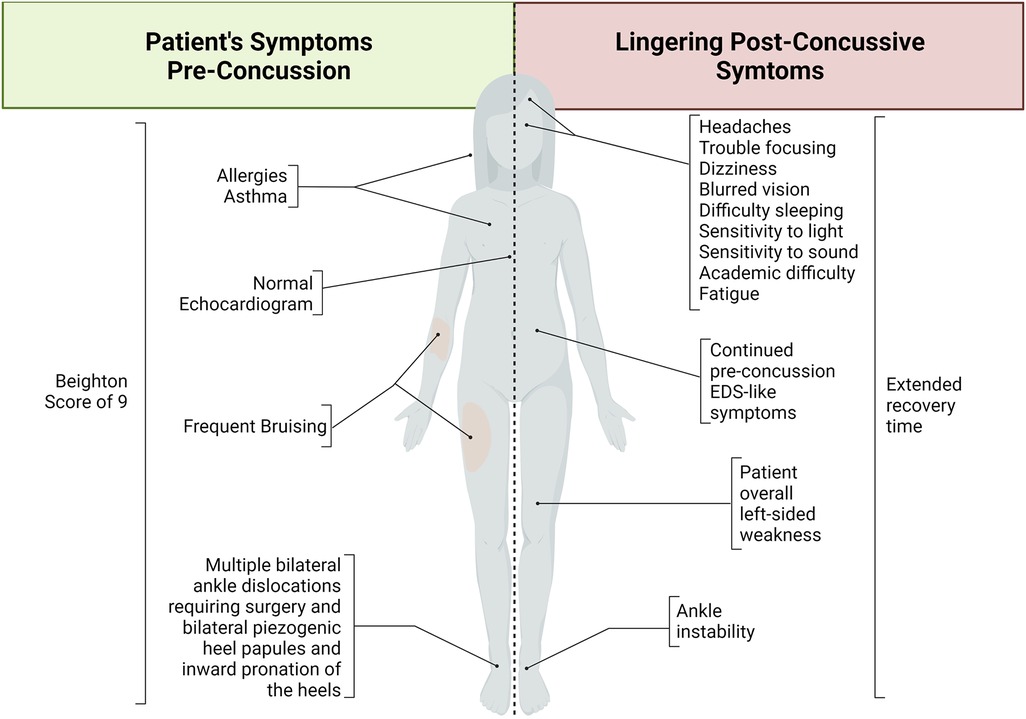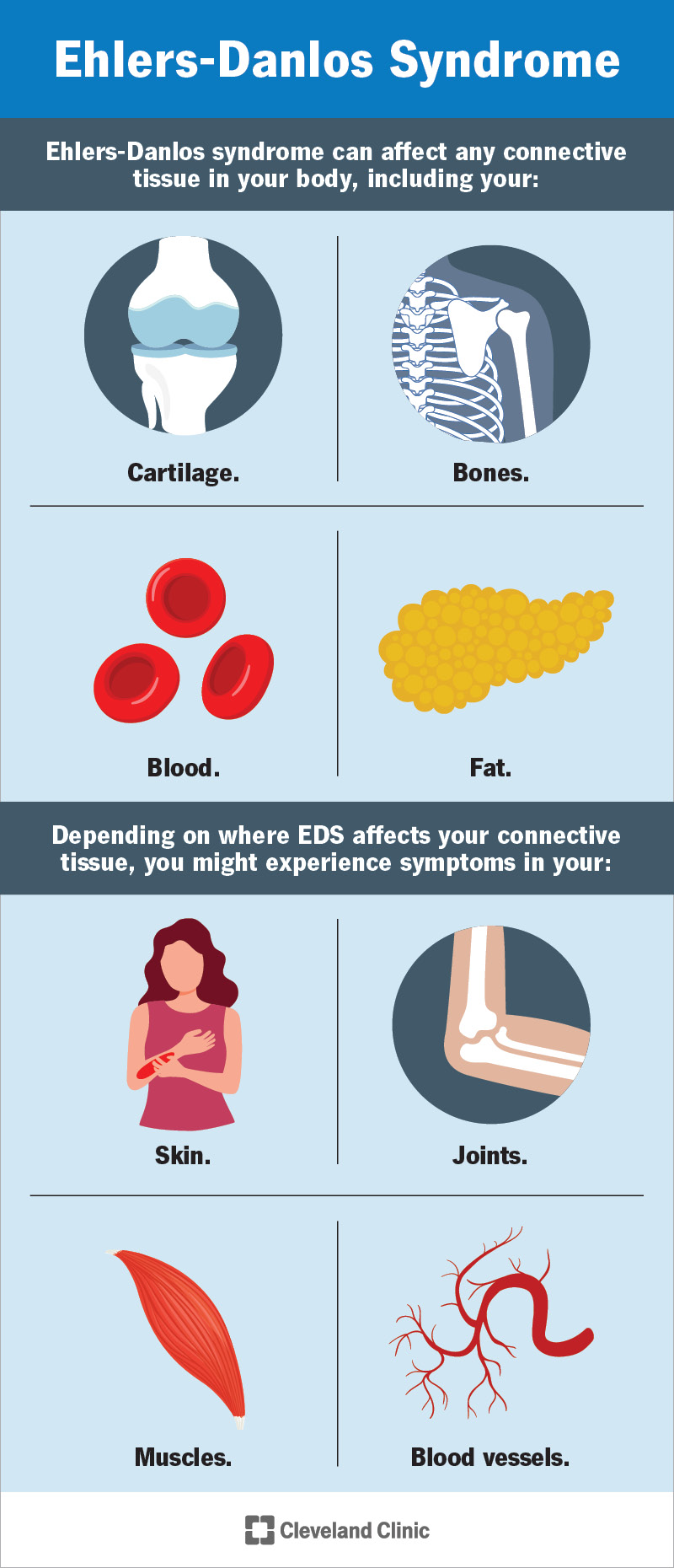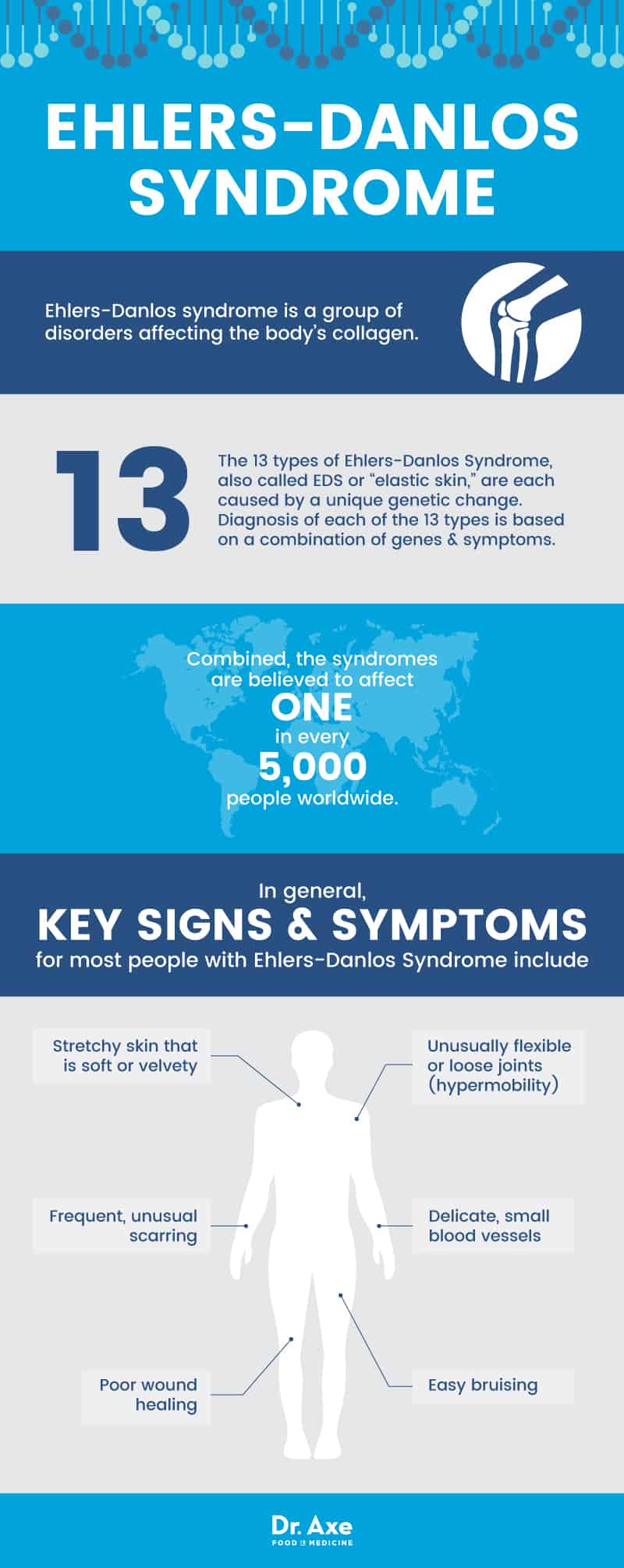Understanding Ehlers-Danlos Syndrome: Breaking Down the Symptoms, Causes, and Treatment Options
Table of Contents
- 23 Signs You Grew Up with Ehlers-Danlos Syndrome | Credihealth
- Ehlers-Danlos Syndrome + Natural Ways to Help Symptoms - Dr. Axe
- The role of cutaneous manifestations in the diagnosis of the Ehlers ...
- The role of cutaneous manifestations in the diagnosis of the Ehlers ...
- Frontiers | Case report: Lingering post-concussive symptoms in a ...
- 31 random facts about ehlers danlos syndrome – Artofit
- Ehlers-Danlos Syndrome: Symptoms, Causes Treatment, 40% OFF
- Healthcare | Free Full-Text | Pain in Ehlers–Danlos Syndrome: A Non ...
- Ehlers Danlos Syndrome Classical Type Pictures | My XXX Hot Girl
- Ehlers Danlos Syndrome Eyes



Symptoms of Ehlers-Danlos Syndrome




Causes of Ehlers-Danlos Syndrome
/CB9520-001-56aae95f5f9b58b7d00916b9.jpg)

Treatment Options for Ehlers-Danlos Syndrome
While there is no cure for EDS, various treatment options can help manage the symptoms and improve quality of life. These include: Physical therapy: Gentle exercises and stretches to improve joint mobility and strength Pain management: Medications and other therapies to manage chronic pain Occupational therapy: Strategies to improve daily functioning and adapt to joint hypermobility Surgical interventions: In some cases, surgery may be necessary to repair damaged tissues or stabilize joints
Living with Ehlers-Danlos Syndrome
Living with EDS requires a comprehensive approach that incorporates medical management, lifestyle modifications, and emotional support. The Cleveland Clinic recommends the following: Regular exercise: Gentle exercises to maintain joint mobility and strength Healthy diet: A balanced diet rich in nutrients to support overall health Stress management: Techniques to manage stress and anxiety, such as meditation and yoga Support groups: Connecting with others who have EDS to share experiences and find support In conclusion, Ehlers-Danlos Syndrome is a complex condition that requires a comprehensive approach to management and treatment. By understanding the symptoms, causes, and treatment options, individuals with EDS can work with their healthcare providers to develop a personalized plan to improve their quality of life. The Cleveland Clinic is a trusted resource for individuals seeking information and care for EDS. With the right treatment and support, individuals with EDS can lead active, fulfilling lives.Keyword: Ehlers-Danlos Syndrome, EDS, Cleveland Clinic, symptoms, causes, treatment, hypermobile joints, stretchy skin, chronic pain, gastrointestinal issues, genetic disorder, physical therapy, pain management, occupational therapy, surgical interventions.